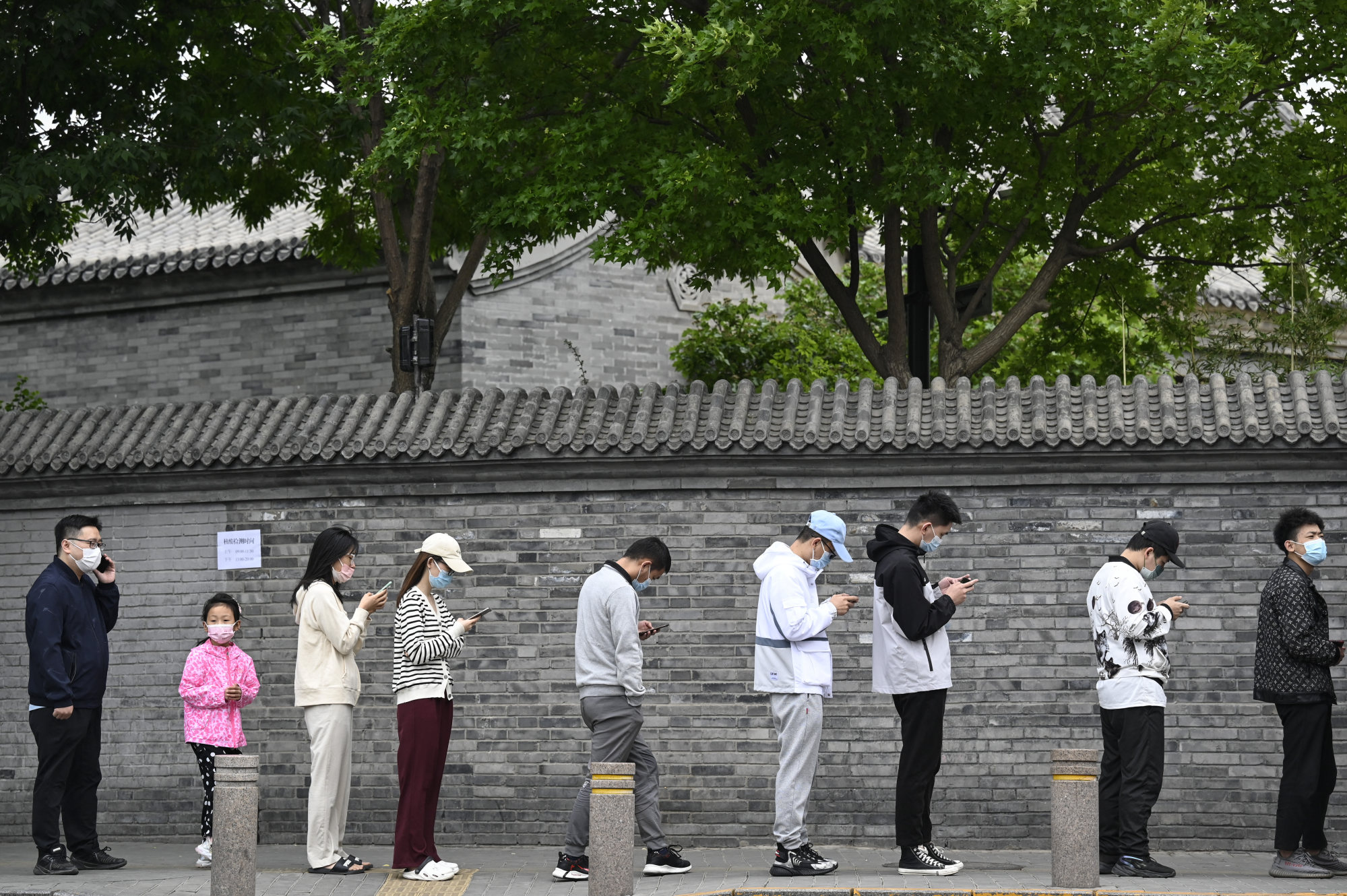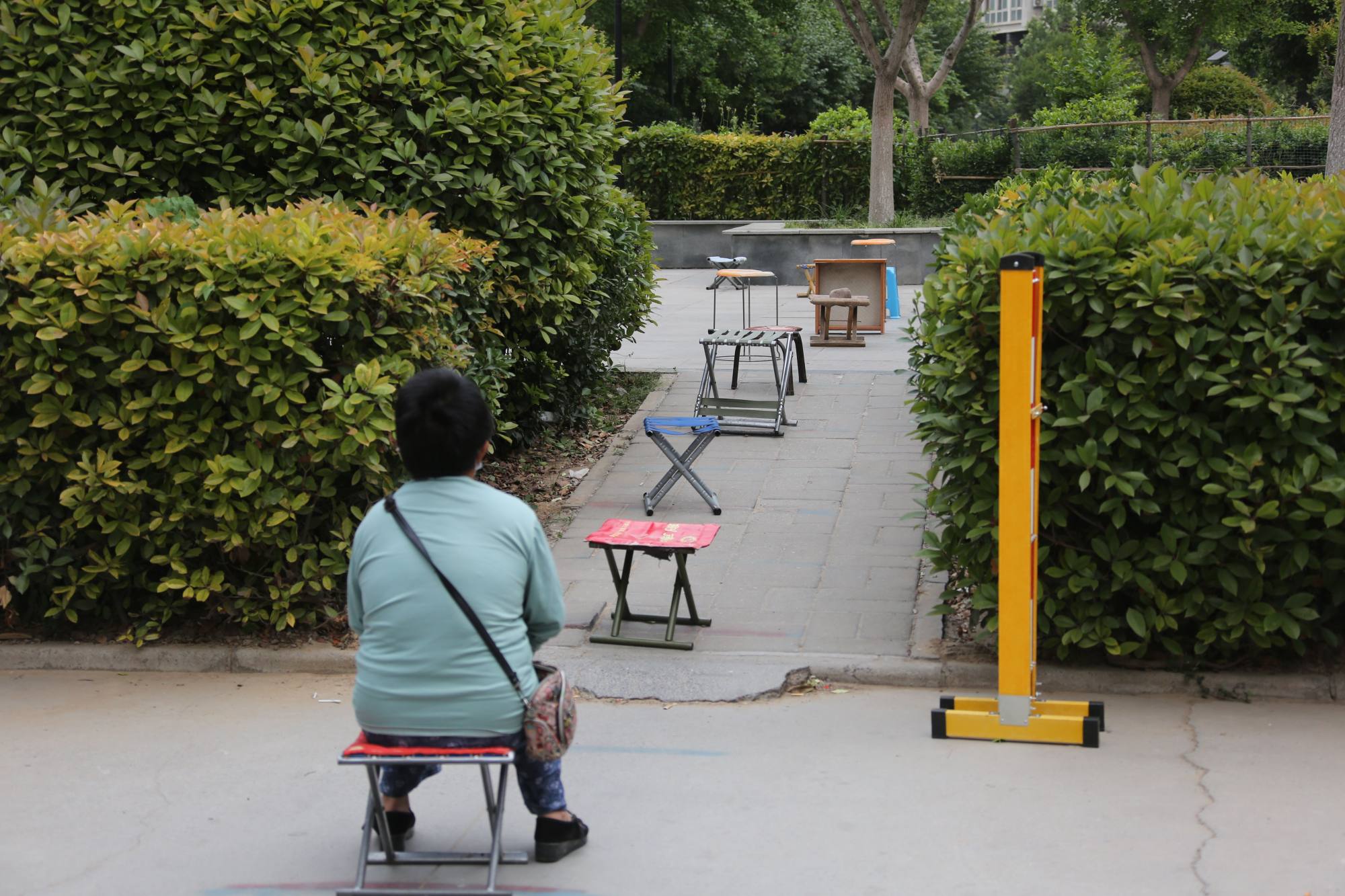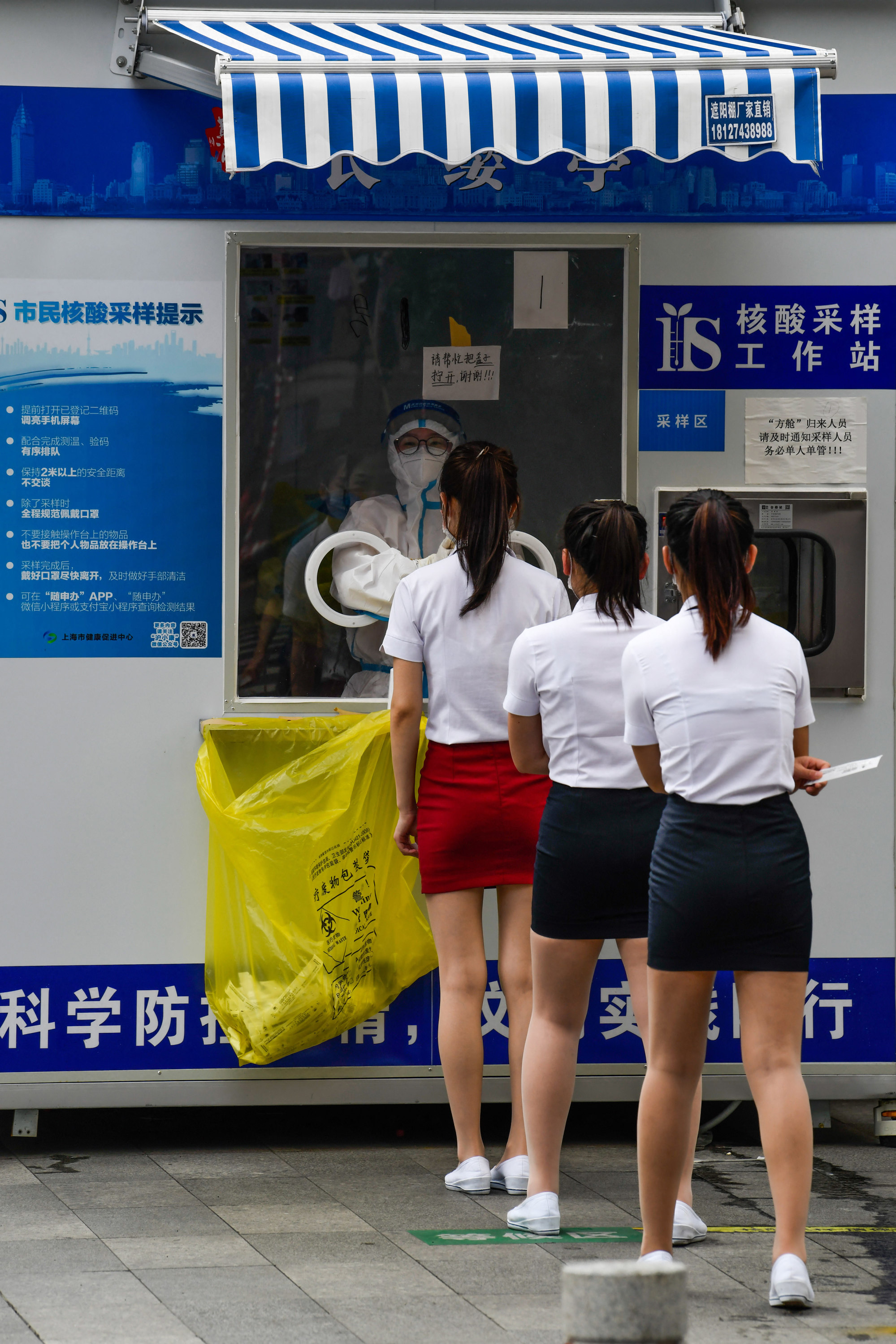
Zero-Covid in China: what it’s like to live under the super strict policy – the good and the bad
- Daily PCR tests, sudden lockdowns and lockouts, quarantine hotel stays and policies that can travel through time mark people’s daily lives in zero-Covid China
- But it’s not all bad. Not only does it improve your knowledge of local geography, it hones your logistical and analytical skills to razor sharpness
China’s dynamic zero-Covid policy means exactly what it says: one Covid case is one too many, and is treated with the utmost seriousness.
Lockdowns are imposed immediately after a single Covid case is discovered, usually limited to individual buildings and compounds but which can spread across a city.
This is the experience of living with zero-Covid in China.
Checking the defences
For those who live in places where there has never been a citywide lockdown, the first thing you do upon waking is to check the official updates to see if Covid has suddenly broken through your city’s defences.
Now, there are different types of Covid case. If a case was discovered in an already locked down area, then you can breathe a sigh of relief – one cannot lock down what is already locked down. But, if a case was detected in the community, then lockdowns of buildings, housing compounds and shopping centres are likely to domino throughout the city.
China vows to ‘hold fast’ to zero-Covid, cites winter surge fears
The recent movements of every person who tested positive will also be published – hopefully, you did not party at the same bar on Friday evening. If you did, you will become a mi jie, or close contact. Your health code will turn red and your building will go into “stasis management” for a few days.
PCR tests a-plenty
Unless you plan to spend the foreseeable future hunkering down in your apartment, the second thing on your daily zero-Covid to-do list is to have a he suan, or PCR test.
On a moment’s notice, 24-hour test results (though usually it is enough to have a 48- or 72-hour test result) may suddenly be required for entry to … everywhere.
The good news is that tests are now free and the results show up automatically on your health code. Even better news is that tong bizi – sticking a swab deep up each nostril – is no longer in vogue. The swab is now poked gently around inside your mouth instead.

In tier-one cities, testing stations are on every street corner, cutting down queuing times. In smaller cities with fewer testing facilities, queues often weave complex geometric patterns around entire city blocks.
You can also avoid queuing by doing the PCR test in a hospital, or at a paid testing station. This will cost about 15 yuan (US$2). Strangely, almost no one does this. Instead, some people use a stool to save a place in a queue ahead of a testing station’s opening.
Locked in or out?
A lockdown means that you can either be locked in or locked out.
A lockdown of your residential building may come when you are at work – which means you will be locked out of your apartment. Similarly, your office building can get locked down just as you pop out to get a coffee.
Lockdowns are equally likely to happen while you are at home or inside the office, and then you are locked in.

It is better to be prepared for both eventualities. Some people always have their laptop (for work) and documents (for checking into a hotel) with them when they venture outside. Many also keep an emergency kit in their office.
I am on the minimalist side. My kit includes underwear and socks, a couple of T-shirts and warm clothes, coffee and snacks, and ear plugs. Some of my colleagues, however, have in their stash a pillow, mattress and blanket.
Travel tribulations
“Can we travel there from here?” is probably the most frequently asked zero-Covid question.
Under “there” and “here” you can fill in any city or province. Travelling from City A to City B requires knowing what the current policy for arrivals to City B from City A is, but this policy evolves faster than an AI algorithm.

It can suddenly morph from there being no requirements (48-hour PCR test results do not count – you need these to take a bus, let alone a plane) to three days of home quarantine on arrival, or even hotel quarantine on arrival.
Moreover, the policies are able to travel back in time. See below.
Hard times
When you went to your schoolmate’s wedding in Inner Mongolia, the travel between your city and Inner Mongolia was just as it had been back in 2019. But! Two days after your safe return, a town in Inner Mongolia, hundreds of kilometres away from where the wedding was, has five positive cases.
If you are from a smaller city or town, start getting ready – the new Covid rules on travel from Inner Mongolia will apply to anyone who recently left.
All recent arrivals from the vast Inner Mongolia autonomous region will soon be contacted and – depending on the level of vigilance of your local authorities – made to do a few days of quarantine at home or, if cases in Inner Mongolia keep going up, be sent on a short staycation to a quarantine hotel.
Learning every day
The advantage of zero-Covid is that not only does it improve your knowledge of local geography, it hones your logistical and analytical skills to razor sharpness.
An example. You are planning to drive to a favourite camping spot at the weekend, but on Friday a news bomb goes off: “In Township X, a truck driver who had come from Hunan with a cargo of six tonnes of catfish, tested positive.” Your brain responds with the swiftness of a supercomputer.
“Township X is 27.8km away from my house, and 45.6km due north-northwest from the camping spot. It is surrounded by County N, County M and County Z, which are all now locked down and roads going through them blocked,” you register.
“Local catfish wholesalers are located in Districts A and B, which means that these are better avoided, too. Based on the above data, getting to the camping spot now only has an 11 per cent probability of success.”
Full combat preparedness
The easiest and safest option during zero-Covid is to simply stay put. There is no place like home.
You can always identify the home of someone who has been through a lockdown by the huge amount of food (human and pet) and beverages stocked, the collection of foam rollers and yoga mats, and the indoor bike trainer.
Shanghai lockdown life: the daily food scramble and stray cat envy
In theory, locked-down housing compounds allow food and goods delivery, but a true veteran of lockdowns will take no chances and always maintain their residence in a state of full combat preparedness.

